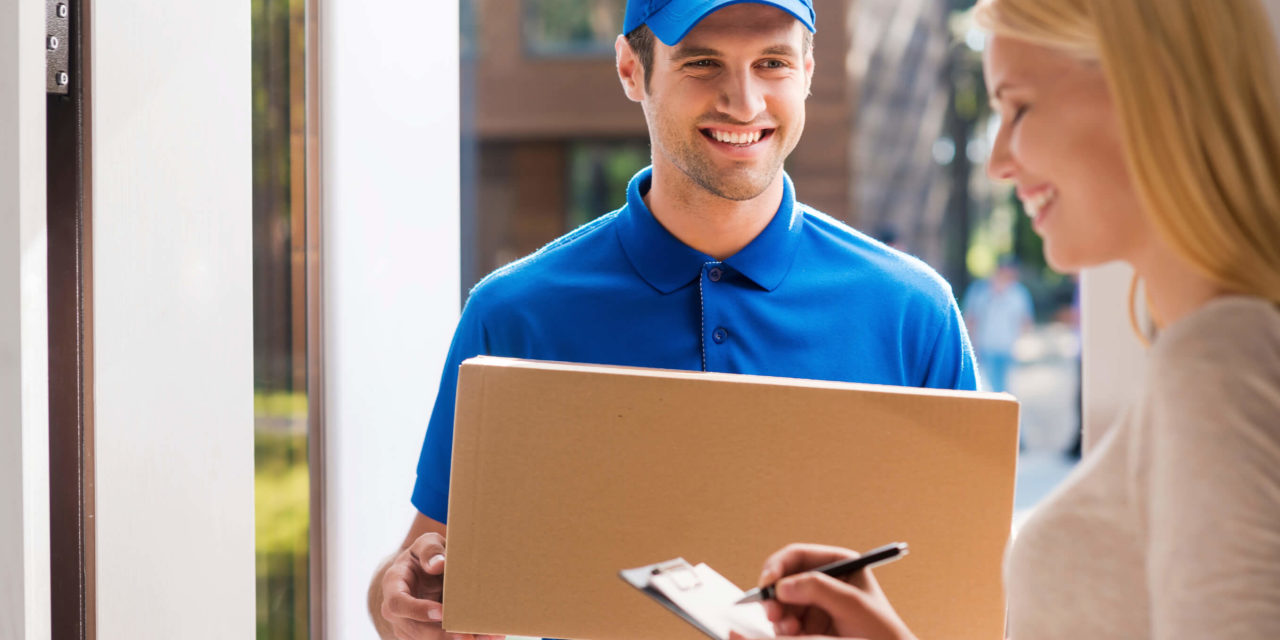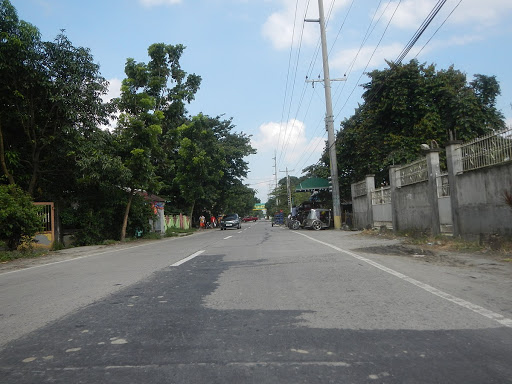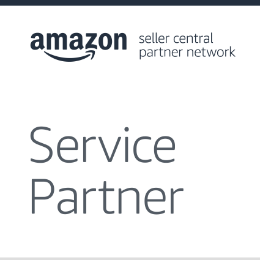
The challenges of parcel delivery in Latin America can be potentially daunting to retailers looking to expand their reach internationally. However, with the right logistics partners by your side and some careful planning, expanding into emerging markets like Latin America can be quite lucrative.
Are you an e-commerce company or retailer with an eye on the Latin American markets? If you’ve hesitated when it comes to committing to the region because of the challenges of parcel delivery, this post is for you.
At SkyPostal, we’ve been perfecting parcel delivery in Latin America for decades. Below, we’ll share the traditional challenges of parcel delivery in Latin America and what you can do to overcome the logistical difficulties and achieve profitability in the region.
First, though, let’s talk about why 2018 is a great time to expand into Latin American markets, despite the challenges of parcel delivery in the region.
The Untapped Potential of Latin America
Latin America is made up of 33 countries, and in 2018 the population of the region will be over 626 million inhabitants. That’s roughly double the U.S. population that is primed for international retailers.
For many Latin American residents, e-commerce and international commerce are relatively new ventures. As a result, these markets are just beginning to develop. In the U.S., nearly 220 million people shop online in some capacity, with projected growth to 230 million by 2021. Latin America, on the other hand, leads the world in e-commerce growth, adding 40 million new shoppers between 2015 and 2018.

That growth represents new opportunities for international companies to help shape emerging tastes. Online sales to Latin America are anticipated to increase by 19% within the next 5 years--especially in Colombia and Argentina, two of the three fastest-growing e-commerce markets in the world. The region’s continuing consumer growth will demand that more U.S. retailers and exporters turn their attention to the region.
The future of Latin America’s international e-commerce is bright. But before you jump into the region, it’s important to recognize the challenges of parcel delivery that exist today.
Challenges of Parcel Delivery in Latin America
According to the World Bank, Latin America’s Logistics Performance Index (on a scale of 1-5, with 1 being lowest) scored 2.66 in 2016. This is a small improvement over the last ten years, but still lags slightly behind the world average of 2.84 and the U.S.’s score of 3.99. The Logistics Performance Index takes into account the Customs process, the quality and competency of the logistics infrastructure, and other measures to provide a logistics benchmark.
While Latin America on the whole scores lower in terms of Logistics, some of the biggest economies like Chile (3.25) and Mexico (3.11) offer above average logistics experiences. And despite the slow changes, as The Economist notes, many Latin American countries are committing to improving roads, electricity, and sewage, thanks in part to heavy investing from China.
The future of logistics in Latin America will continue to improve, especially as Private-Public Partnership investments continue to increase in the region. But in 2018, the challenges of parcel delivery remain--if you don’t have the right logistics partner, that is.
Let’s take a look at some of these challenges your company may face when shipping parcels to the region.
Language Barriers
Language barriers are one of the often overlooked challenges of parcel delivery in Latin America. End users, importers, and customs agents may speak Spanish, Portuguese, English, or Indigenous languages.
For companies trying to handle customs on their own, filling out customs forms in other languages can be a big hurdle. Language barriers don’t just make it difficult getting through customs, it can affect your customer’s willingness to buy from your company. According to Forbes, 85% of consumers won’t buy in a different language.
As Sprudge chronicles, language barriers exist throughout the entire coffee industry since many English-speaking importers lack the ability to communicate with their supply chain. The coffee industry isn’t unique in this way, though, as language barriers between international companies and the local providers are all too common.
Solution: Find employees or a partner to enable localization throughout the supply chain, including your product labels and marketing. This will help you avoid issues during customs and instill trust in your customers.
Payment Barriers
When it comes to reaching your end customers, payment barriers exist across much of Latin America. By some estimates, up to 70% of Latin Americans are “unbanked”--meaning they lack access to traditional banking services. That means traditional payment methods for e-commerce and retail may limit your reach into the Latin American markets.
The most common form of payment in the region is cash. As eMarketer reports, “In Latin America, low credit card usage and a lack of strong infrastructure and delivery systems hold back digital commerce in general, as well as cross-border buying.” To accommodate international sales, companies need to diversify their payment options for the Latin American market, which can be a challenge in and of itself.
Solution: The Paypers has collected many tips to overcome payment barriers, including allowing for payments in local currency, optimizing for mobile payments since many Latin American consumers rely on mobile devices, and finding a local partner to handle the payments.

Tracking Challenges
In today’s era of online shopping, customers expect online tracking of their parcels. In the U.S., Amazon is rolling out Amazon Map Tracking, which offers real-time tracking of packages out for delivery.
In Latin America, online package tracking lags behind the U.S. and Europe—you won’t find online package tracking through most of USPS’s services, including First Class Parcel.
This is due in part to poor infrastructure and a lack of technology among local delivery partners. Progress is being made in that area though, and adopting digital technologies like blockchain and automation may make package tracking more of a reality.
Solution: Find a partner who can provide end-to-end package tracking and delivery confirmation. Not only will this offer you a sense of security, but your customers will feel assured as well.
Infrastructure Lacking
One of the areas where many countries in Latin America are still behind the rest of the world is infrastructure. The Economist reports that “More than 60% of the region’s roads are unpaved, compared with 46% in emerging economies in Asia and 17% in Europe.” Most large cities in the region are equipped with modern infrastructure, but as you venture out past the suburbs the level of infrastructure lowers significantly.

Roads aren’t the only hurdle in Latin America. One of the unique challenges of parcel delivery in Latin America is the inconsistencies in the address and postal system. Many countries lack postal codes and rely on local landmarks for addresses, and as a result shipping companies often have trouble delivering parcels successfully.
Solution: Find a shipping partner who specializes in the region. Shipping providers who partner with local companies that know the roads and address inconsistencies can better navigate many of the issues associated with lacking infrastructure.
Delays
Delays are an inevitable part of any logistics operation, regardless of the region. Hurricanes in the Caribbean, for example, have set back the infrastructure in Puerto Rico and other islands. While natural disasters are unavoidable, Latin American countries also struggle with other delays, including logistics disruptions and strikes.
According to the most recent data from the World Bank, the average amount of time it takes to receive an item imported into Latin America is 18 days, which is a seven day improvement compared to ten years ago. Free trade agreements and the adoption of digital documentation in customs will further reduce the delays. These will only make your customers more willing to buy internationally.
Solution: While these delays are sometimes out of your control, ensuring that you or your shipping provider accurately fill out customs forms and provide the most accurate address possible on parcels will minimize the number of delays.
Maintaining Profitability
Delivering your goods all the way to Latin America only makes sense if your company can maintain a profit margin on those goods. As Reuters reports, one of the most pressing questions for CEOs is how to maintain profitability amid rising transportation costs—several executives noted that “Transportation costs climb at nearly double the inflation rate.”
Latin America is not immune to these increases, as some companies report that logistics costs account for 15% of the cost of merchandise sold. Companies that deliver their goods to the region pay special attention to their pricing, striking a balance between competitive pricing and maintaining profitability after logistics costs.
Solution: Find a carrier to the region who can help your company keep costs down with fulfillment services located in places like Florida that also cut down on delivery times.
Find the Right Shipping Provider for Latin America
If the increases in exports to the region are any indication, many companies are turning towards Latin America as a hot, emerging market for their goods. The key to unlocking the potential of the region is partnering with the right shipping provider.
What should you look for in a shipping provider to Latin America? Find a company that...
-
Specializes in customs clearance and duty and tax management.
-
Provides online, fully trackable parcel delivery.
-
Has localized services, like customer support.
-
Offers fulfillment services to reduce costs.
Most importantly, any company you partner with to handle the challenges of parcel delivery in Latin America should have ample experience with the countries in which you’re looking to sell your goods. That experience can help ensure that customs issues, currency issues, and customer support issues are handled quickly and locally.
If you’re ready to begin delivering your goods to Latin America, give SkyPostal a call today to see how we can help you solve the challenges of parcel delivery to Latin America. We’ve got decades of experience working with local providers in countries throughout the region and we’ve developed the technology to help your company keep costs down and improve your customers’ logistics experience.

